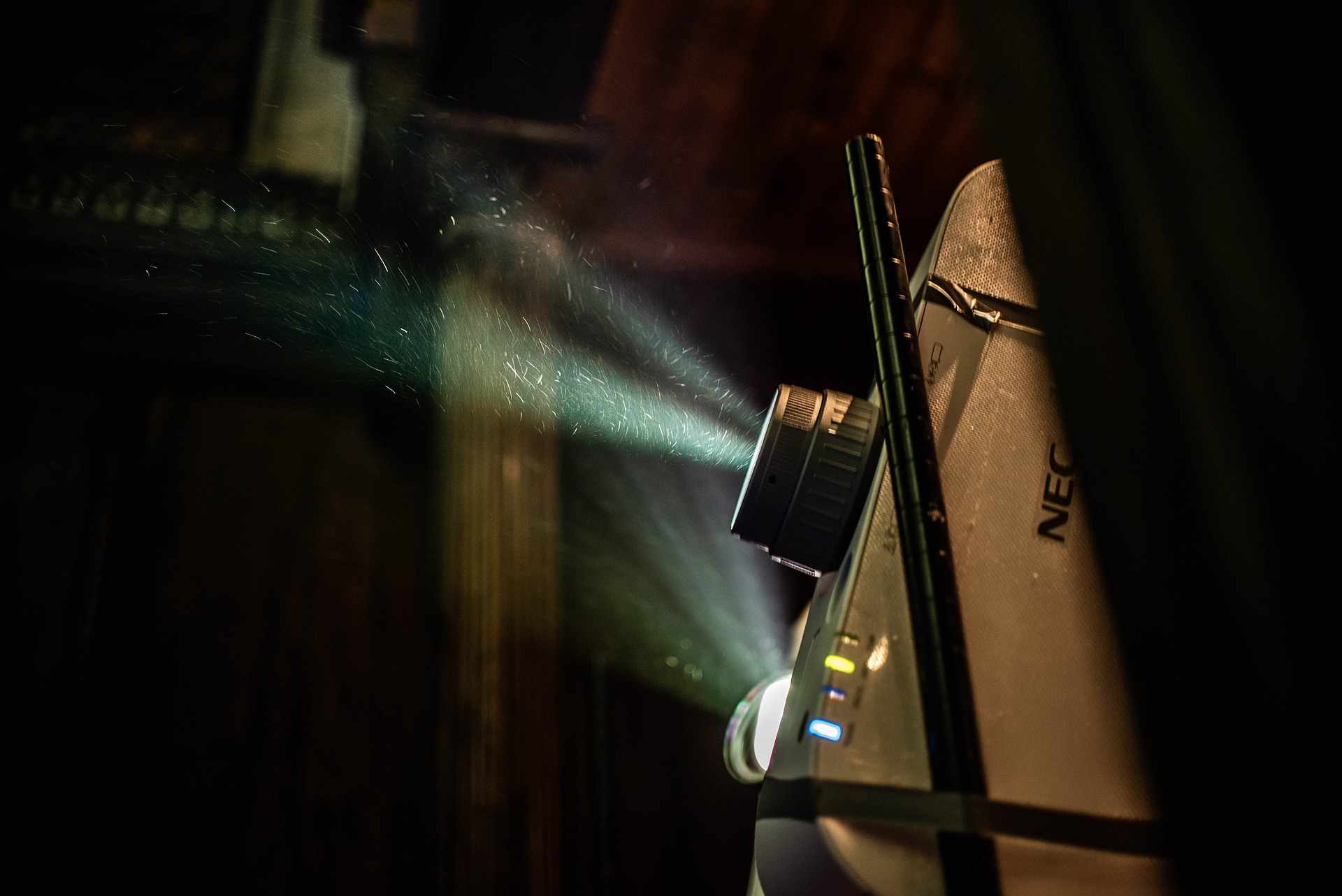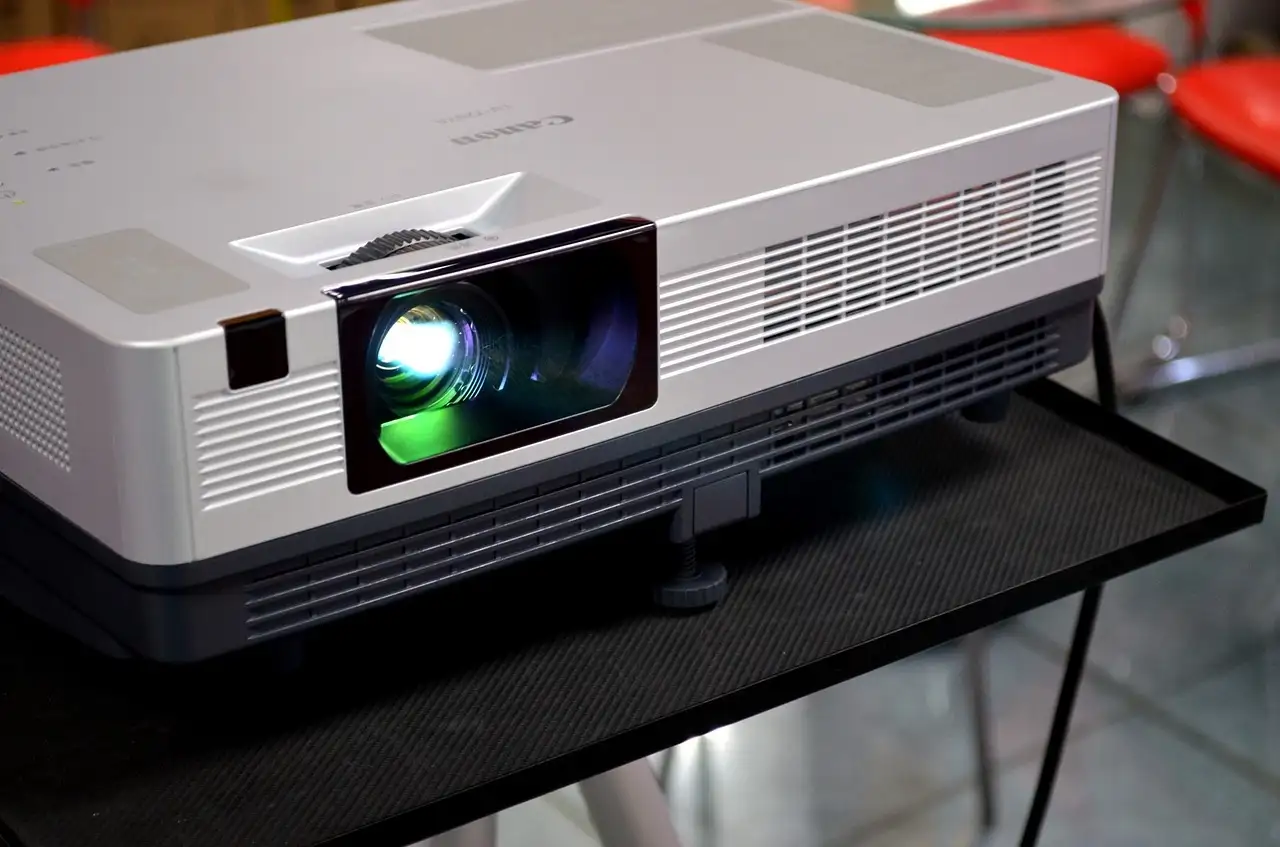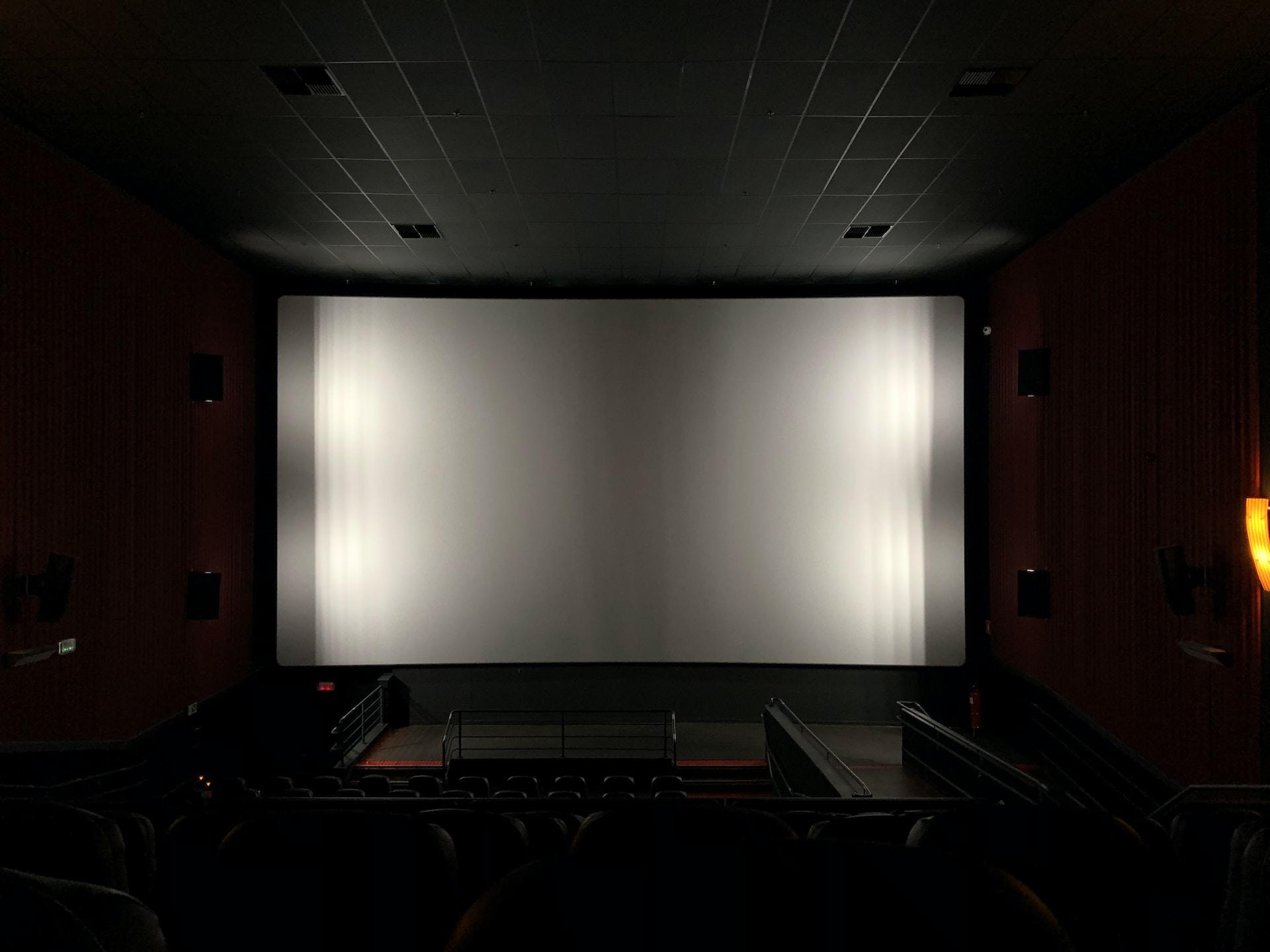Projector light bleed, a nontrivial concern in the realm of projection technology, refers to unwanted illumination or light scattering around the edges or other parts of the projected image. The phenomenon tends to decrease the contrast ratio of the image, leading to compromised image quality.
While light bleeding can affect different types of projectors, it is more prevalent in certain categories due to its internal structure and operating principles. LCD (Liquid Crystal Display), DLP (Digital Light Processing), and LCoS (Liquid Crystal on Silicon) are the primary types of projectors that can be impacted by this issue. DLP projectors, owing to their unique technology involving millions of microscopic mirrors, are typically less affected by light bleed compared to LCD and LCoS counterparts.
Technical Aspects of Projector Light Bleed
Projector light bleed is fundamentally an artifact of how light is managed within a projector. It primarily occurs due to the interaction of the projection light with various optical and hardware components of a projector, including the lamp, lenses, mirrors, optical panels, and the designated light path.
When we dive into the mechanics of a projector, the light source (lamp or LED/laser in modern projectors) generates light that travels along a specific path, interacting with various components before reaching the screen. Ideally, this light should be precisely controlled and directed to form a crisp image on the screen.
1. Light Source and Path
The light path begins at the lamp, where light is generated. The generated light is bright and spreads in all directions. The primary task is to harness this light efficiently and direct it along a path that leads to an accurate image on the screen.
The light first encounters a series of lenses and mirrors designed to collate and direct it. Following this, it strikes the imaging component, which could be an LCD panel, a DLP chip, or an LCoS chip, depending on the type of projector.
2. Lenses and Mirrors
Lenses play a critical role in focusing light, while mirrors help direct it. Imperfections in the lens or mirror surfaces, alignment errors, or manufacturing variances can cause the light to scatter in unwanted directions, resulting in light bleed.
3. Imaging Components
The imaging component’s job is to modulate this light to form the desired image. In an LCD projector, light is passed through three individual LCD panels (red, green, blue), which control the amount of light of each color reaching the screen. For a DLP projector, the light is reflected off a DLP chip with tiny pivoting mirrors that tilt to control the light. In an LCoS projector, light is reflected off an LCoS chip, which uses liquid crystals over a reflective mirror to control the light.
Any inefficiency or imperfection in these components can contribute to light bleed. For example, if the liquid crystals in an LCD or LCoS projector do not completely block the light when they should, this unblocked light contributes to light bleed.
4. Black Level Performance
Another factor contributing to light bleed is the projector’s black-level performance, i.e., the projector’s ability to completely block light to produce a true black. A projector with poor black-level performance will produce grays instead of true blacks, contributing to light bleed.
To sum up, projector light bleed is primarily a consequence of the inefficiencies in the control of light within a projector. It arises due to imperfections in the optical components (lamps, lenses, mirrors), errors in the light path, inefficiencies in the imaging components, and the projector’s black-level performance. While it can be challenging to eliminate, understanding these technical aspects can help in devising strategies to minimize its occurrence and impact.
Impact on the Viewing Experience
Projector light bleed has a direct and significant impact on the viewing experience. The rogue light diffusion softens the boundaries between areas of different brightness, reducing overall image clarity and sharpness. This can considerably degrade the projected image’s quality, affecting several key aspects such as contrast ratio, color accuracy, and overall viewing satisfaction.
Contrast Ratio
Contrast ratio refers to the difference between the brightest white and the darkest black that a projector can display. Light bleed contributes to a lower contrast ratio because it makes blacks appear grayer and whites less bright. It introduces a glow in dark areas, which should ideally be pitch black, reducing the distinction between light and dark areas in the image. This can especially compromise the quality of images with lots of shadows or nuances of light and dark, making them appear washed out and lacking depth.
Color Accuracy
Color accuracy is another vital aspect of light bleed. The accuracy and vibrancy of colors in a projected image depend significantly on how well the projector can control light for individual colors. When light bleeds, it diluted the intensity of certain colors. It makes the colors appear less accurate and vibrant. The impact on color accuracy is often noticed in dark or shadowy parts of the image, where colors can be less distinct and washed out due to the rogue light.
Overall Viewing Experience
The overall viewing experience is a culmination of the factors mentioned above. It is here that light bleed has the most noticeable impact. Movies, video games, or presentations with dark scenes or lots of color nuances can be particularly affected. The unwanted glow around objects caused by light bleed can make images seem less real and break the viewer’s immersion in the content. It can also lead to eye strain in some viewers, as the eye continually tries to adjust to the improper light levels.
In summary, projector light bleed can severely impact the viewing experience, leading to a reduction in image quality, color accuracy, and contrast ratio. It hampers the viewer’s engagement with the content and can cause discomfort over prolonged periods. As such, mitigating light bleed is critical for ensuring the best possible viewing experience.
Comparison with Other Display Anomalies
While light bleed, light leakage, and ghosting may seem similar, they are distinct phenomena with different origins and effects. Light leakage refers to the undesired illumination escaping from the projector casing itself, typically from the ventilation areas. It doesn’t directly affect the projected image but may cause distractions in a darkened viewing environment.
On the other hand, ghosting, often seen in fast-paced content or 3D projections, is a form of image blur where a ‘ghost’ image appears alongside the original, caused by slow response times of individual pixels or inadequate image processing.
Diagnosing Projector Light Bleed
Identifying projector light bleed can be straightforward if you know what signs to look for. Essentially, light bleed manifests as unwanted illumination in parts of the image that should be completely dark or uniformly lit. Here are some common signs and methods to confirm if your projector suffers from light bleed.
Signs of Light Bleed
The most noticeable symptom of light bleed is the presence of an unwanted glow or haze around the edges or other parts of the projected image, especially noticeable in dark scenes. Instead of rendering true blacks, areas affected by light bleed may appear greyish, leading to an overall washed-out look. Additionally, you may notice that colors look less vibrant or accurate, particularly in shadowy parts of the image.
Methods to Confirm Light Bleed
1. Black Screen Test: This is perhaps the simplest and most effective way to diagnose light bleed. Project a black image in a dark room. The projected image should ideally be pitch black, matching the darkness of the room. If you see patches of light on the screen or a glow around the edges, it’s a strong indication of light bleed. Ensure to inspect the entire screen, not just the edges, as light bleed can sometimes occur in random spots.
2. Various Content Testing: Another method is to test the projector with different types of content. Dark scenes in movies or videos are particularly useful in highlighting light bleed. Look for a lack of detail in dark areas, colors that seem off, especially in shadows, and a general lack of contrast.
3. Color Background Test: Projecting solid color images can also be informative. If certain areas appear brighter than others, this uneven illumination may indicate light bleed.
while light bleed may not always be readily apparent, especially in bright scenes or light-colored images, careful observation using these methods can help diagnose the presence of light bleed in your projector.
Mitigating Projector Light Bleed: Solutions & Prevention Strategies
Once you identify the presence of light bleed in a projector, there are several potential solutions that you can employ to mitigate its effects. Additionally, projector manufacturers can implement specific preventive measures during the design and manufacturing process to reduce the likelihood of light bleed.
User Solutions
1. Projector Settings: One of the simplest ways to reduce light bleed is to adjust the projector’s settings. For instance, reducing the projector’s brightness or contrast levels can sometimes lessen the impact of light bleed. Similarly, many projectors offer different picture or color modes, some of which may minimize light bleed more than others.
2. Physical Placement and Screen Choice: Positioning the projector correctly can also help mitigate light bleed. Ensure the projector is perfectly aligned with the screen, and the image is not distorted or skewed. Additionally, using a screen designed to absorb excess light can help reduce the visibility of light bleed.
3. Hardware Modifications or Upgrades: This is a more technical and advanced approach, which should be performed by skilled professionals. It may involve replacing or realigning certain optical components, improving the light path design, or even upgrading to a better-quality lamp or light source.
Prevention in Design and Manufacturing
From a manufacturing perspective, you can implement several strategies to prevent light bleed:
1. Optical Component Quality: Ensuring high-quality optical components, such as lenses and mirrors, can significantly minimize light bleed. This includes not only the quality of the materials used but also their precise alignment within the projector.
2. Light Path Optimization: Optimizing the design of the light path, including how the light is collimated and directed through the projector, can help prevent light bleed.
3. Black Level Performance: Improving the black level performance of the projector, i.e., its ability to render true blacks, can indirectly reduce light bleed. This can involve improvements in the LCD or DLP technology used or the inclusion of advanced features like dynamic irises or laser dimming.
while light bleed can be a persistent issue in projectors, there are various solutions and preventive strategies that can help mitigate its effects, ranging from simple projector settings adjustments to advanced hardware modifications or upgrades. Manufacturers can also play their part by considering light bleed prevention during the projector design and manufacturing process.
Case Studies
An example of successful mitigation of light bleed comes from Epson’s high-end LCD projectors. Through improved optical engine design and the incorporation of an automatic iris to adjust the light output dynamically, Epson was able to substantially reduce light bleed, delivering richer black levels and higher contrast ratios.
Another example is certain BenQ DLP projectors. An optimized 6-segment color wheel and advanced DMD synchronization technology helped in reducing light scatter, thus minimizing light bleed and enhancing image quality.
Future Advancements
The future holds promising developments that could alleviate the issue of light bleed. Advancements in projection technology, such as laser and LED light sources, promise better control over the light path, reducing the risk of unwanted light dispersion.
Further, the advent of ALPD (Advanced Laser Phosphor Display) technology, as seen in certain projectors from Appotronics, and advancements in MicroLED technology, are opening new doors to enhance light control, boost contrast ratios, and improve black levels.
While projector light bleed is a prevalent issue affecting image quality, ongoing advancements in projection technology, combined with effective diagnosis and mitigation strategies, can help us move towards an era of enhanced, immersive projection experiences.
FAQs
Q. What is projector light bleed?
A: Light bleed refers to the scattering or diffusion of light within a projector. It can cause ‘bleed’ into areas of the projection where it’s not supposed to. This issue is most noticeable in dark scenes, where instead of rendering true blacks, areas affected by light bleed may appear greyish, leading to an overall washed-out look.
Q. Which types of projectors are more prone to light bleed?
A: Both LCD and DLP projectors can be prone to light bleed. However, the severity of the issue depends more on the projector’s specific design and build quality, including the quality of its optical components and the efficiency of its light path design, rather than the type of projection technology it uses.
Q. How does light bleed impact the viewing experience?
A. Light bleed can affect the contrast ratio, color accuracy, and overall image sharpness, especially in dark scenes. This can make images appear washed out, colors less vibrant, and reduce the viewer’s immersion in the content.
Q. What is the difference between light bleed, light leakage, and ghosting?
Light bleed refers to unwanted light diffusion within the projector, reducing image contrast and color accuracy. Light leakage is the emission of light from the projector’s body, which can illuminate the viewing room and cause distractions. Ghosting, or motion blur, occurs when moving objects leave a trail or blur behind them due to slow pixel response times or inadequate image processing.







Leave a Reply